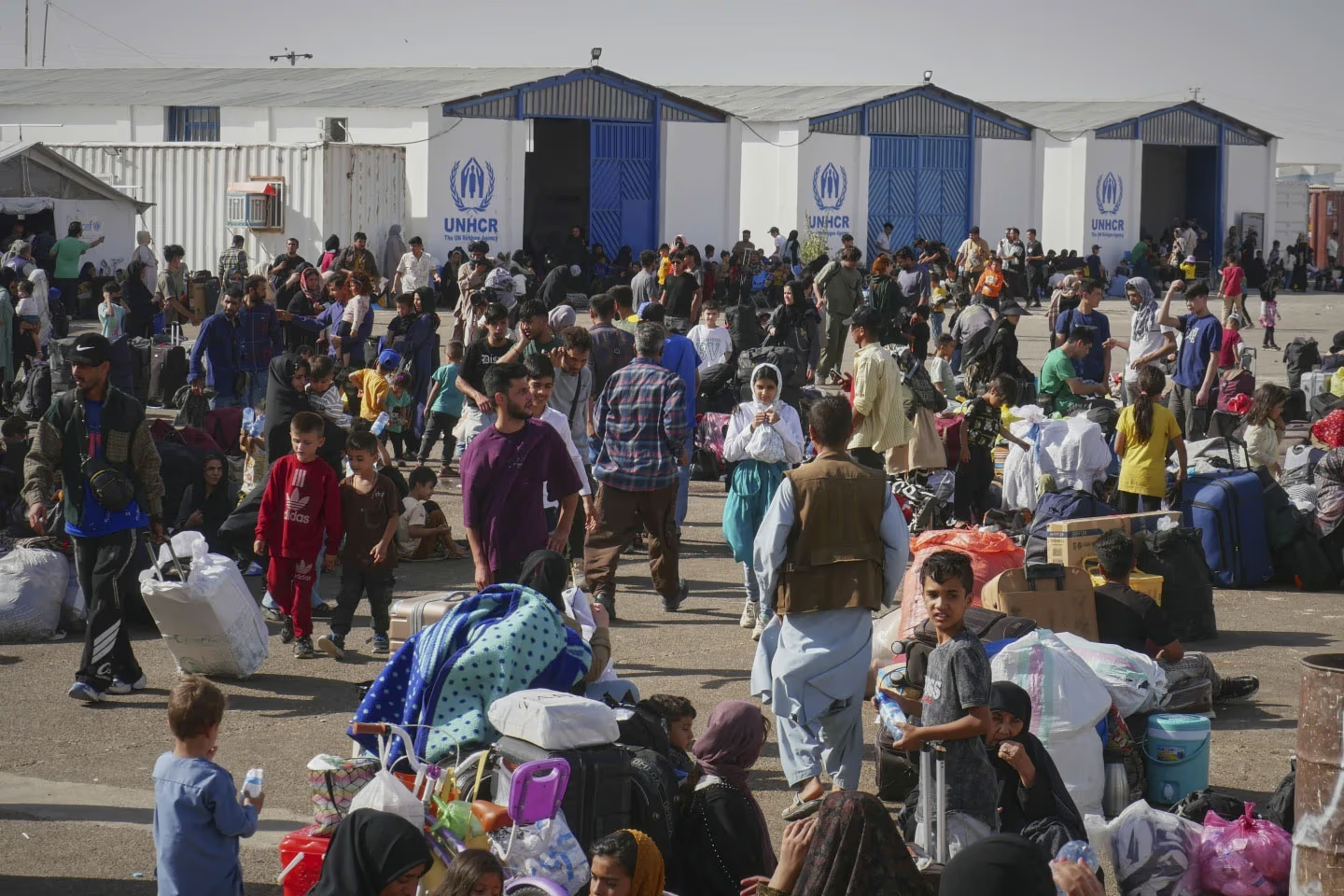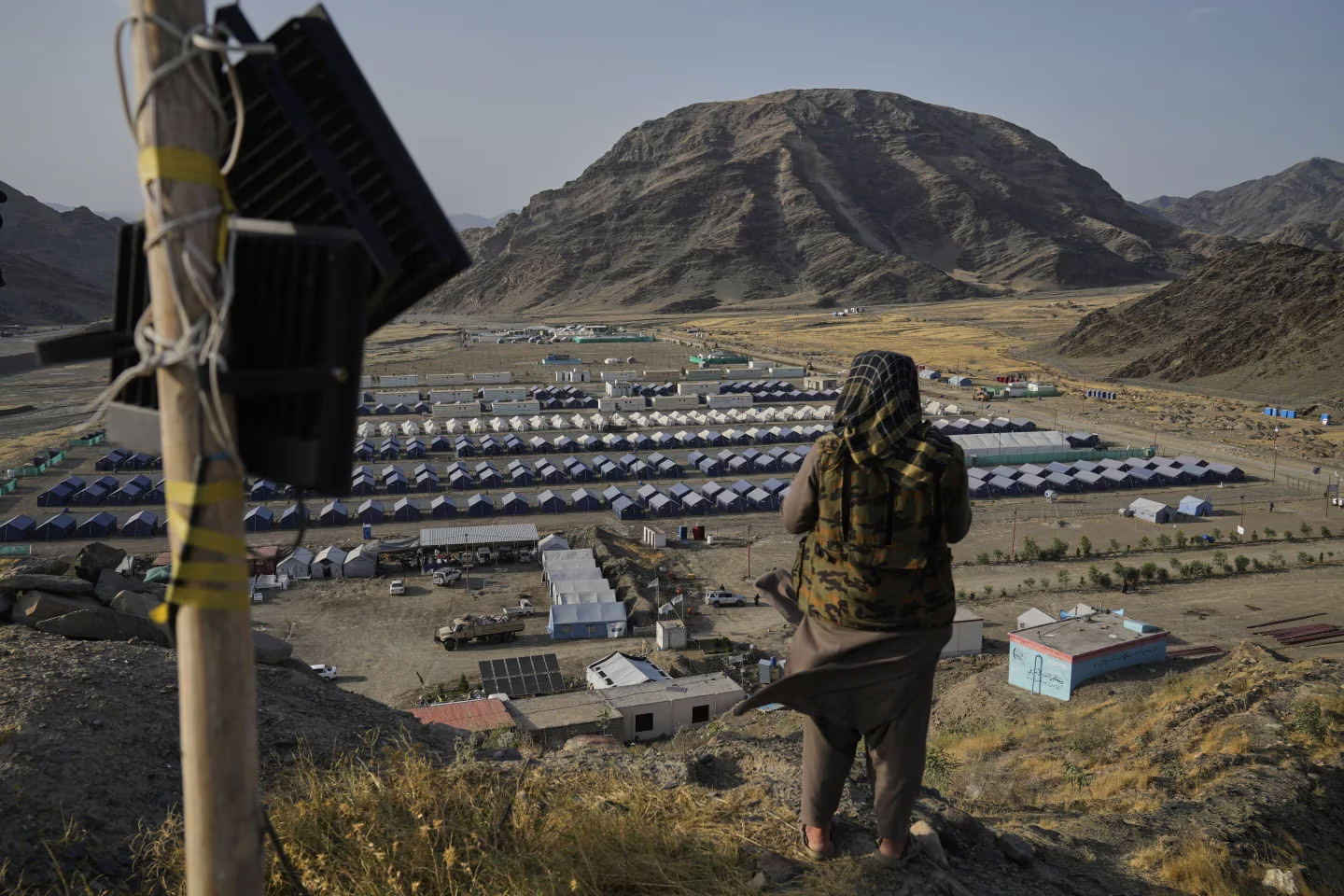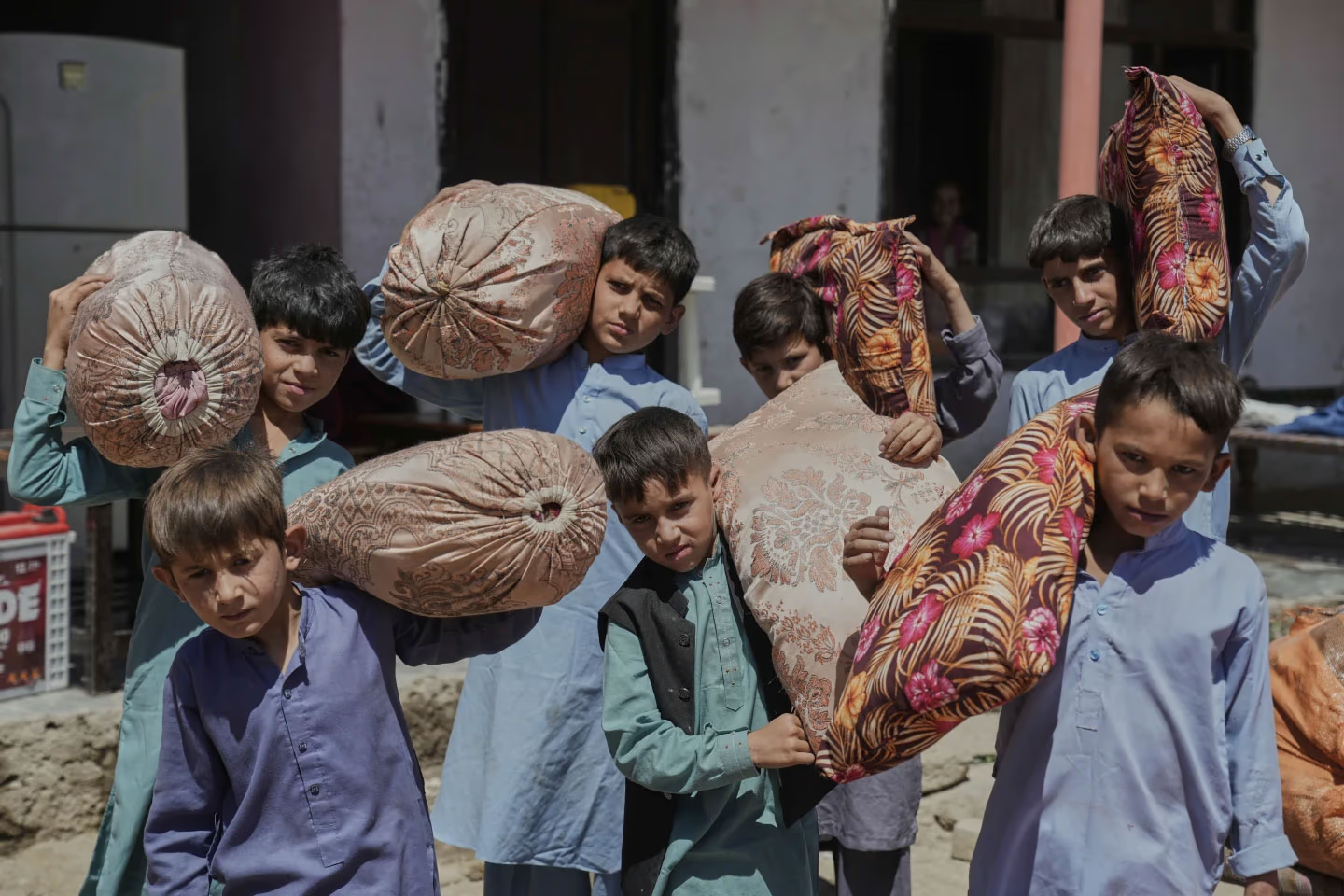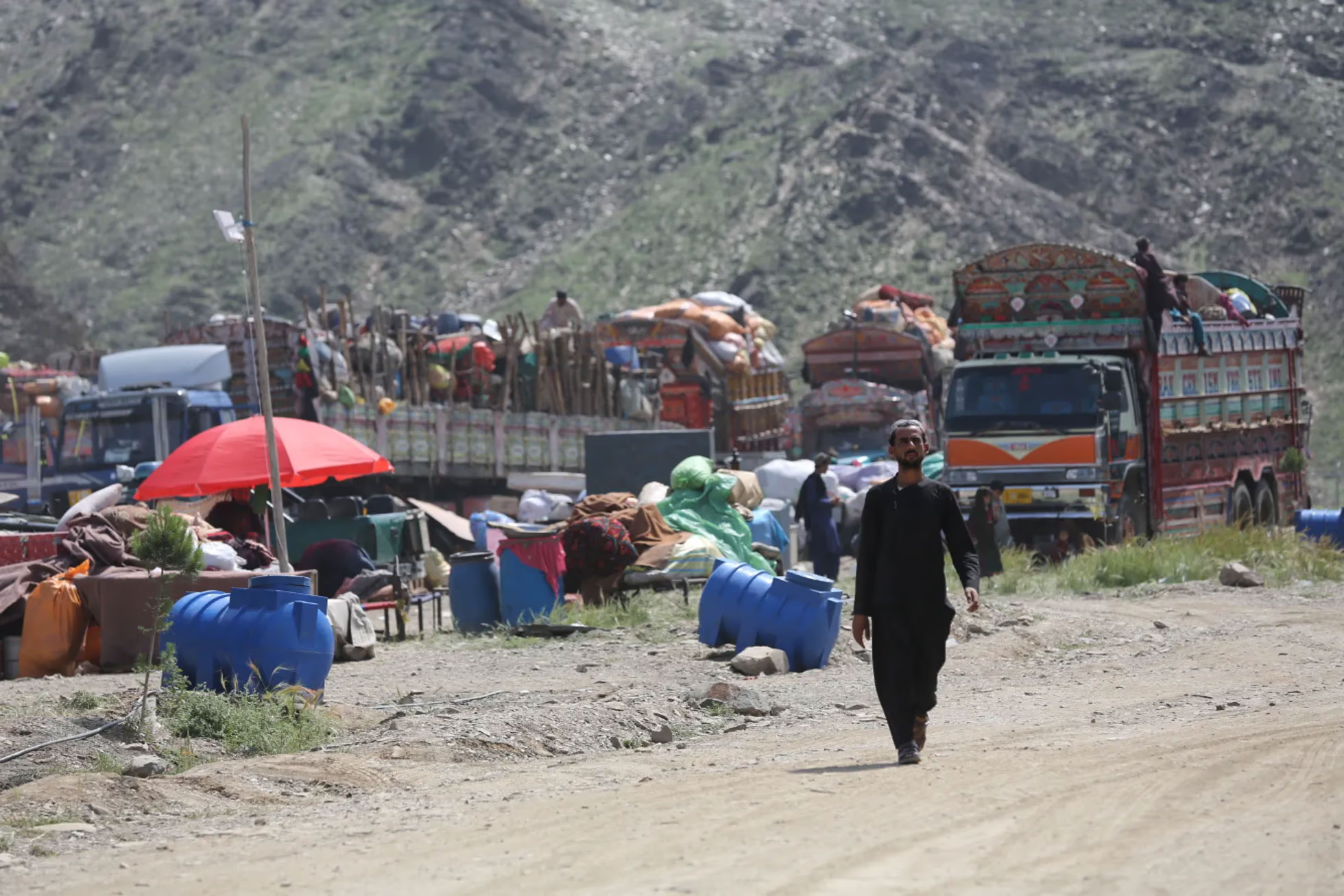Since the late 1970s, Iran and Pakistan have been the primary hosts for millions of Afghans fleeing an unending cycle of conflict in their homeland. For decades, the two countries remained the largest destinations for Afghan refugees: by the early 2020s, around six million Afghans were living in Iran and some four million in Pakistan. Most had spent decades there or were born outside Afghanistan. Few held formal refugee status—most had only temporary papers or no legal recognition at all. Despite widespread discrimination and hardship, life in Iran and Pakistan remained safer for many than returning to Afghanistan.
That situation is now changing. Since 2023, both countries have launched large-scale deportation campaigns, with the pace of removals accelerating sharply in 2025.
Since the beginning of 2025, Iran and Pakistan have deported more than 1.2 million people to Afghanistan, according to the UN Refugee Agency. Human rights organizations are calling for an end to the expulsions, warning that many of those returned face real danger under the current regime.
The mass exodus of Afghans to neighboring countries began in the 1970s, at the onset of a series of armed conflicts that continued for decades. By the early 2020s, some four million Afghans were living in Pakistan and around six million in Iran. Many had spent their entire lives there, and some were born outside Afghanistan and had never set foot in the country. In Pakistan, only about one-third hold official refugee status; the rest either have temporary documentation or are not registered at all.

Afghan refugees who returned from Iran to avoid deportation and violence gather at a UNHCR center near the Islam Qala border crossing in the western province of Herat. June 20, 2025.

A Taliban fighter watches from a hilltop overlooking a camp for Afghan refugees repatriated from Pakistan, near the Pakistan-Afghanistan border in Torkham. May 31, 2025.

Afghan children from families deported from Pakistan carry pillows as they head to their new place of residence in Kabul. June 3, 2025.
Afghan migrants in both countries are predominantly employed in low-paid, unskilled jobs, face discrimination, and have limited access to healthcare and education. Yet even under these conditions, life in Iran or Pakistan remained safer for many than in Afghanistan itself.
Nevertheless, in 2023, Tehran and Islamabad almost simultaneously launched mass deportation campaigns. Despite their apparent coordination, the motivations were domestic: economic downturns, rising public discontent, and efforts by authorities to use anti-migrant measures as a means of political legitimization. Official accusations against Afghans included alleged ties to extremist groups.
In 2025, the pace of deportations increased significantly. In Iran, the deadline for migrants to formally leave the country "voluntarily" expired on March 20. In practice, this was accompanied by pressure and threats. In Pakistan, a similar deadline—extended several times—finally expired on June 30. The war with Israel gave further impetus to the process in Iran: on June 26 alone, more than 36,000 Afghan nationals crossed the border.
The Taliban, which seized power after taking Kabul in 2021, has stated it is ready to receive all returnees and guarantee their safety. Each deportee is promised temporary shelter, transportation to their home province, and 2,000 Afghanis (around $28). However, humanitarian organizations stress that there are no real resources to support such an influx. Due to a sharp drop in international funding—particularly from USAID—the UN’s humanitarian assistance program for Afghanistan was only 18% funded in the first half of 2025.
Particular concern surrounds the situation of women and girls, who account for up to 70% of all deportees. Since the Taliban’s return to power, they have been barred from secondary and higher education, and many basic rights and freedoms have been stripped away. For them, returning to Afghanistan means not only the loss of rights, but also threats to their physical and social safety.
